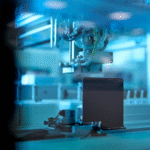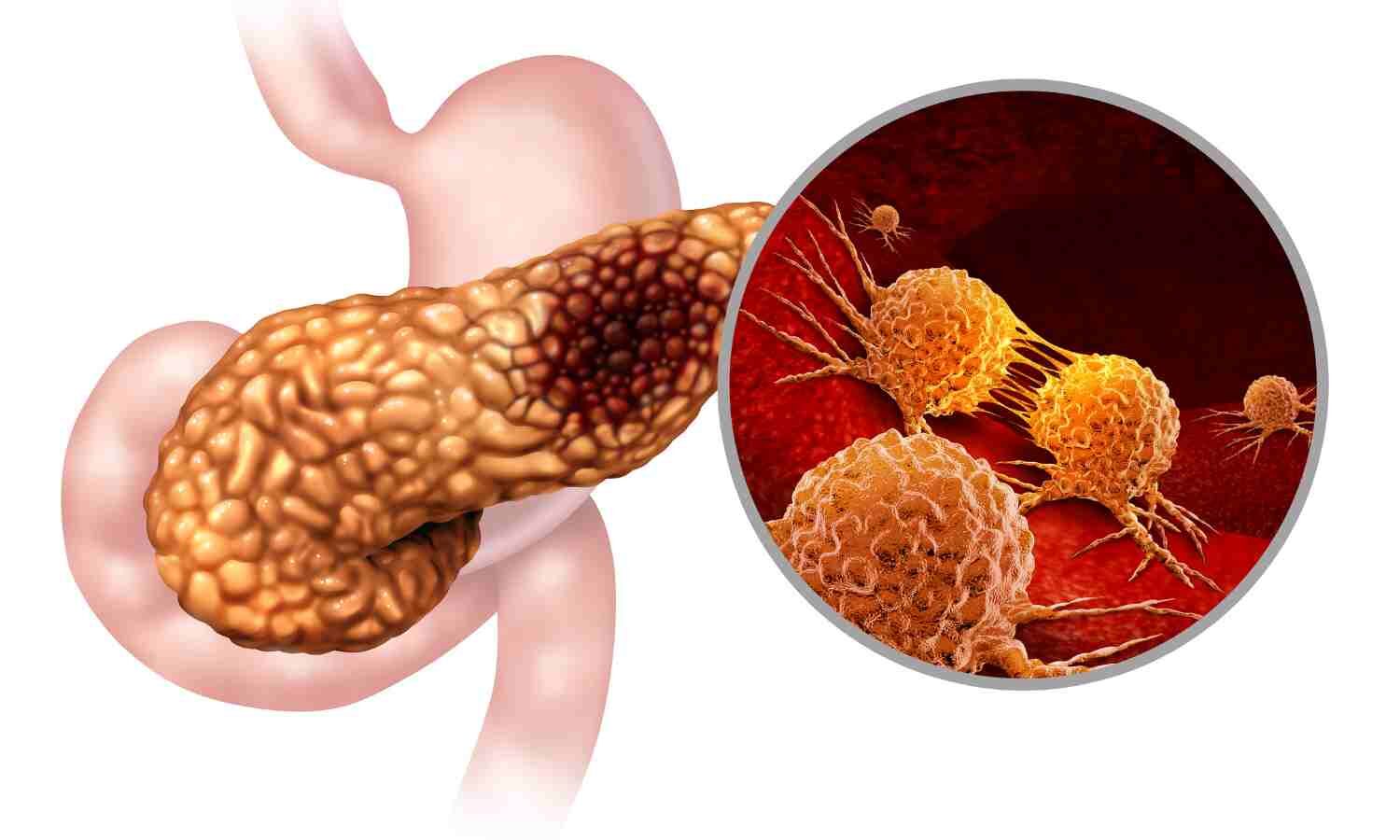Coronary Artery Disease (CAD) remains a leading cause of death globally, but the treatments are rapidly changing. While traditional methods like lifestyle changes, medications, and surgeries have long been the cornerstone of care, these are now being enhanced by modern innovations. As highlighted by Nishi Patel, recent medical therapies target underlying biological processes, offering new hope to patients previously considered high-risk or untreatable.
In parallel, imaging tools and minimally invasive techniques are transforming how physicians approach complex cases. Hybrid strategies and emerging technologies like robotics and gene therapy are also expanding the frontiers of what’s possible in cardiac care.
Coronary Artery Disease and How It Is Traditionally Treated
Coronary Artery Disease (CAD) develops when the arteries supplying blood to the heart become narrowed or blocked by plaque buildup. This reduces blood flow, which can lead to chest pain, shortness of breath, or even heart attacks. Common contributors include high cholesterol, smoking, high blood pressure, and diabetes.
Traditional management of CAD focuses on relieving symptoms and preventing further heart damage. Lifestyle changes like improved diet and regular exercise are often combined with medications to control blood pressure and cholesterol. In more advanced cases, procedures such as stent placement or coronary artery bypass surgery are used to restore blood flow.
Why Traditional Treatments May Not Be Enough
While stents and bypass surgery have improved outcomes for many with coronary artery disease, they aren’t a universal solution. Some patients have arteries that are too affected, or their overall health may make surgery too risky. In these cases, traditional interventions may offer limited benefits or may even pose greater harm.
Post-procedure recovery can also be challenging. Patients may deal with complications such as restenosis, where arteries narrow again after treatment. Others might not experience effective symptom relief, particularly if underlying risk factors remain uncontrolled. These limitations have led to a growing demand for more tailored and less invasive strategies. In addition, some individuals may require repeated interventions, increasing the burden on both the patient and the healthcare system.
Advances in Medical Therapies and Risk Management
Nishi Patel says that modern treatments emphasize aggressive medical therapy to address the root causes of CAD. Newer medications like PCSK9 inhibitors significantly reduce LDL cholesterol, while SGLT2 inhibitors are now recognized for their protective cardiovascular effects in patients with diabetes. These therapies are reshaping how clinicians manage risk beyond just symptom control.
Managing lifestyle-related factors remains central. Digital health platforms now assist patients in tracking diet, exercise, and medication adherence. Participation in cardiac rehabilitation programs, both in-person and virtual, has been shown to improve outcomes by reinforcing long-term behavioral changes and reducing repeat cardiac events.
Innovations in Minimally Invasive Procedures
In recent years, interventional cardiology has grown with techniques that reduce the need for open-heart surgery. Imaging tools like intravascular ultrasound (IVUS) and optical coherence tomography (OCT) allow physicians to visualize plaque buildup within arteries in real time, leading to more precise placement of stents. These tools are especially useful in identifying vulnerable plaques that might not be visible on standard angiography.
Chronic Total Occlusion (CTO) interventions, once considered high-risk and technically challenging, are now more successful due to advances in guidewire technology and operator skill. Patients with long-standing blockages who were previously told nothing could be done now have options that offer meaningful symptom relief. Some centers now specialize in these high-complexity cases, showing improved success rates and fewer complications.
Drug-coated balloons and bioresorbable scaffolds are also gaining traction. These tools aim to restore blood flow without leaving behind permanent implants, reducing potential complications linked to traditional metal stents. The absence of a permanent structure may also lower the risk of late thrombosis, a concern with older implantable devices.
Combining Techniques for Better Outcomes
In complex coronary cases, a hybrid approach that blends surgical and catheter-based techniques can offer the best of both worlds. This strategy is often guided by a multidisciplinary heart team, where cardiologists, surgeons, and imaging specialists collaborate to tailor treatment. The combination of expertise allows for more nuanced decisions and improved procedural planning.
Shared decision-making plays a crucial role in this process. Rather than a one-size-fits-all approach, patients are encouraged to participate in discussions about risks, benefits, and preferences. This model not only improves satisfaction but can also lead to better adherence and clinical success. As patient populations become more diverse, this individualized approach becomes increasingly important.
Research and Emerging Technologies
The future of coronary artery disease treatment is being shaped in labs and clinical trial centers around the world. Researchers are exploring gene therapies aimed at promoting vascular healing and reducing inflammation at the molecular level. Other analyses focus on regenerative techniques to repair damaged heart tissue.
Nishi Patel explains that robotics and artificial intelligence are also making inroads into interventional cardiology. Robotic-assisted procedures offer greater precision and may reduce radiation exposure for patients and operators. AI-driven imaging analysis is beginning to support real-time decision-making in the cath lab. As these technologies progress, they could redefine how procedures are performed and who can benefit from them.










